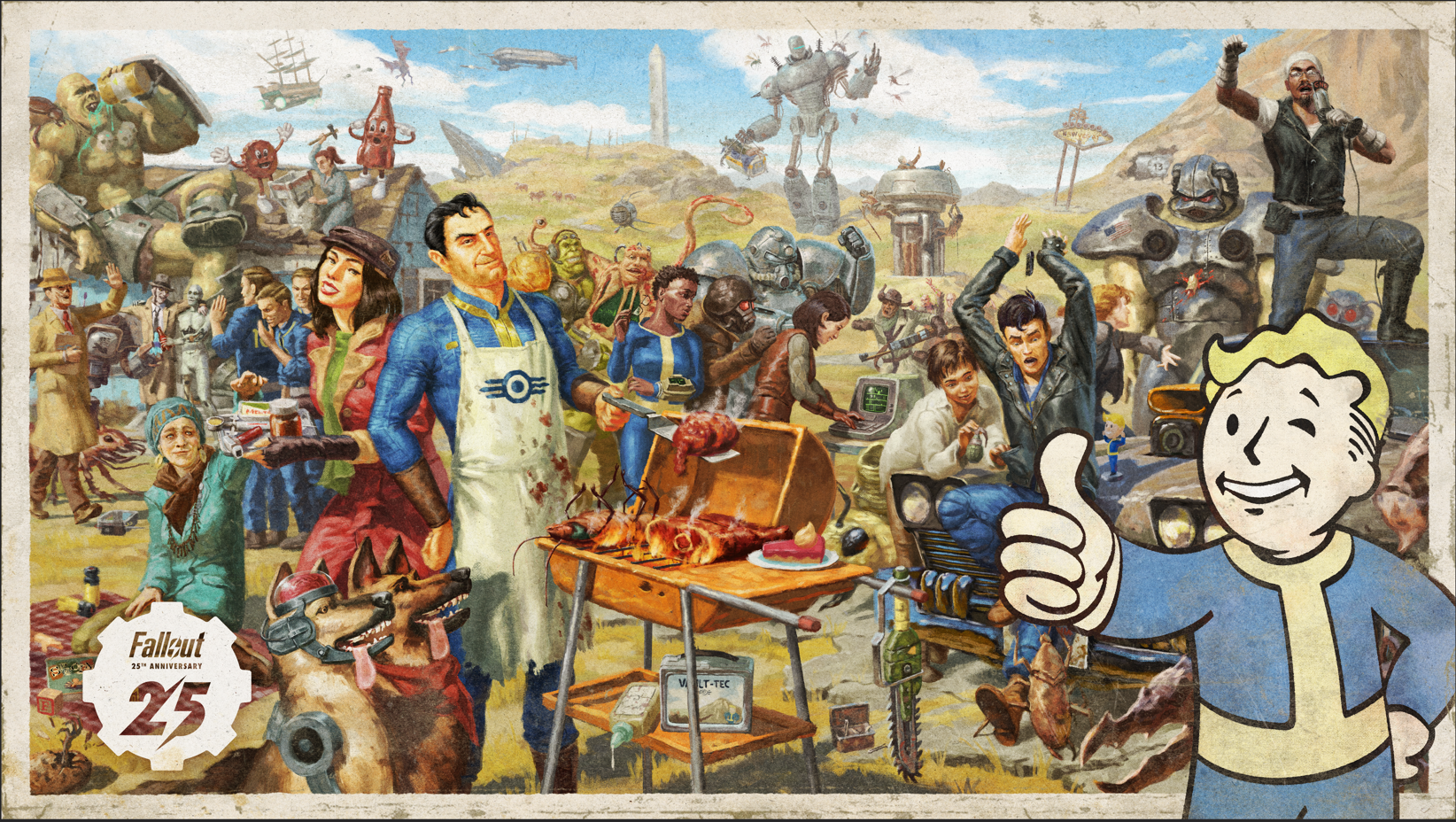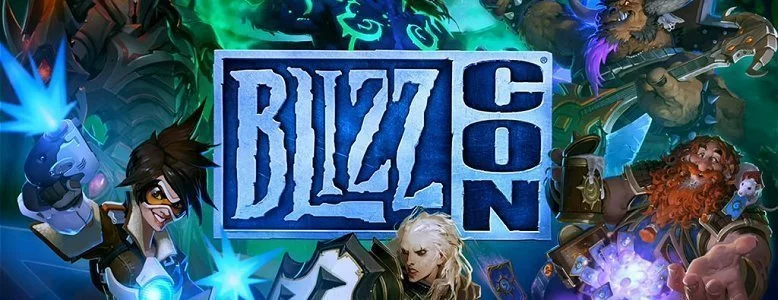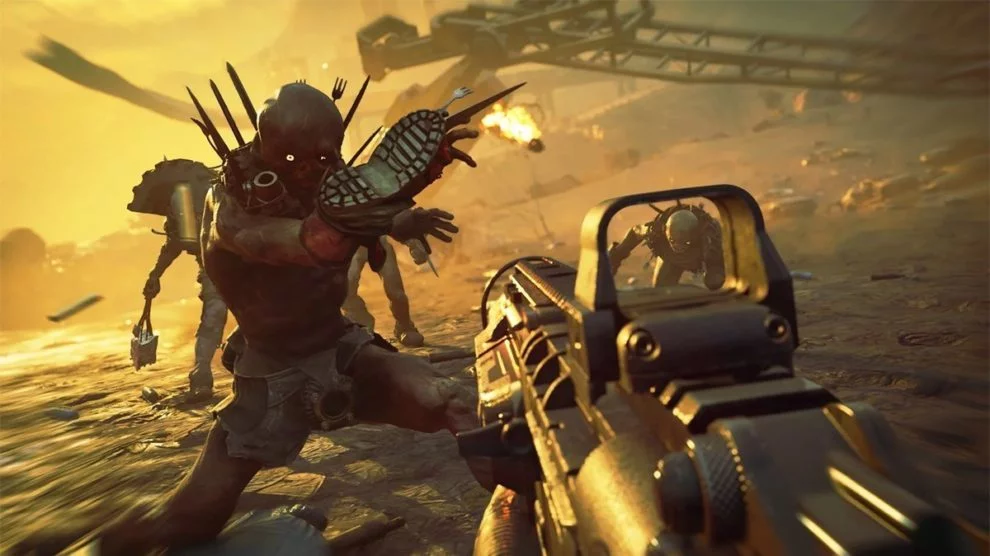Rage might have divided players (especially that ending) back in 2011, but most agree the game’s AI was well-developed, learning as it was pitted against a player. I used an opportunity when speaking to Avalanche Studios in Stockholm, Sweden last month to find out more about Rage 2‘s AI.
“The AI in Rage was amazing when it came out,” Chief Production Officer John Fuller told Stevivor.
“The thing that was so impressive about it was that it was a perfect balance to the games combat. Mutants could avoid your attacks, they could come at you from different areas, and they would interact with the environment. We wanted to make sure you would recognize all of that.
“We’ve tried to take that foundation and apply those values to a bunch of different factions, but they all have something unique to offer you in the gameplay settings. You’ll encounter a bunch of different factions which will cause you to think differently about how you approach the combat and how you want to equip yourself – some of them are really cool.”
“We looked at it and the AI in Rage is very active in many ways,” Game Director Magnus Nedfors added. “It has a lot of animations and it is exaggerated in many ways. We have tried to look at that and analyse it together with the id team to work out how they solved certain situations. We are trying to take that but bring it to the next level.
“In Rage they had a little bit more of a linear setup, now we have this open world where we like the approach of being able to come from many directions, so the AI needs to take all of that into consideration. But we needed that same exaggeration together with our open world AI which has been a bit of a challenge, but I think it’s turning out really good.”
Rage 2 heads to Windows PC, Xbox One and PS4 in 2019. Read all we know about the game here.
Luke Lawrie traveled to Stockholm, Sweden as a guest of Bethesda.
This article may contain affiliate links, meaning we could earn a small commission if you click-through and make a purchase. Stevivor is an independent outlet and our journalism is in no way influenced by any advertiser or commercial initiative.























